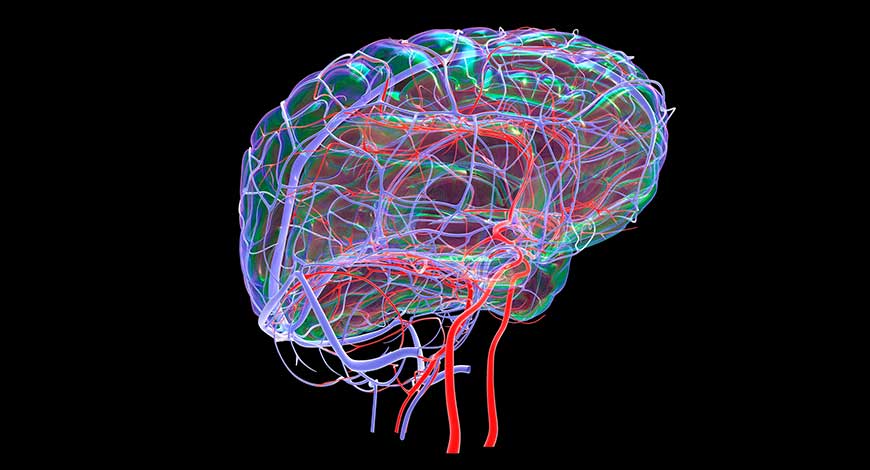Trends
Intensive antihypertensive treatment linked to cerebral blood flow increase

Intensive antihypertensive treatment was found to increase cerebral perfusion, according to results of a randomized clinical trial published in JAMA Neurology.
Hypertension is a major risk factor for cardiovascular and cerebrovascular outcomes. Cerebral blood flow (CBF), or the volume of blood flowing through the brain, is relatively stable. However, deviations in CBF may expose the brain to ischemic injury. The objective of the study was to evaluate the effect of blood pressure lowering strategies, the major intervention in hypertension, on whole-brain CBF.
The Systolic Blood Pressure Intervention Trial (SPRINT; ClinicalTrials.gov Identifier: NCT01206062) recruited patients (N=9361) aged 50 years and older with hypertension and systolic blood pressure (SBP) 130-180 mmHg between 2010 and 2013 at six sites in the US. Patients were randomized in a 1:1 ratio to receive intensive or standard antihypertensive treatment. This substudy evaluated CBF using longitudinal arterial spin labeled perfusion magnetic resonance imaging (MRI) scans performed through 2016.
At baseline, the study cohort was aged mean 67.5 (standard deviation [SD], 8.1) years, 40.0% were women, 32.2% were Black, and SBP was 137.8 (SD, 15.2) mmHg. At baseline and follow-up 286 and 168 intensive therapy and 261 and 147 standard therapy recipients underwent MRI scans, respectively.
At the end of antihypertensive intervention, the intense treatment group had decreased their SBP to a mean of 120.5 mmHg and the standard treatment to 134.4 mmHg. During the transitional closeout period, SBP increased to 126.9 and 138.2 mmHg among the intense and standard treatment arms, respectively.
Among the intensive therapy cohort, CBF increased in the whole brain (change, 1.46; 95% CI, 0.008-2.83 mL/100 g/min) and gray matter (change, 2.14; 95% CI, 0.41-3.87 mL/100 g/min) but not in the white matter (change, 0.65; 95% CI, -0.32 to 1.61 mL/100 g/min) or periventricular white matter (change, 0.32; 95% CI, -0.54 to 1.17 mL/100 g/min).
Among the standard therapy cohort, CBF did not differ from baseline in any brain regions.
Compared between groups, the intensive therapy cohort had significantly higher CBF in whole brain (difference in change, 2.30; 95% CI, 0.30-4.30 mL/100 g/min; P =.02) and white matter (difference in change, 1.48; 95% CI, 0.08-2.88 mL/100 g/min; P =.04) and tended toward significance in gray matter (difference in change, 2.49; 95% CI, -0.03 to 5.00 mL/100 g/min; P =.05) and periventricular white matter (difference in change, 1.20; 95% CI, -0.06 to 2.45 mL/100 g/min; P =.06).
Change in cerebral white matter lesions was correlated with annualized CBF change (r, -0.205; P =.01).
In a subgroup analysis, similar results were observed among all groups, except, a significant interaction was observed among patients with a history of cardiovascular disease (P =.05).
This study was limited by the low completion rate of the follow-up MRIs, which was lower than expected due to a technical issue at one of the sites.
“Intensive vs standard antihypertensive treatment was associated with increased, rather than decreased, cerebral perfusion, most notably in participants with a history of cardiovascular disease,” the researchers concluded. Neurology Advisor














